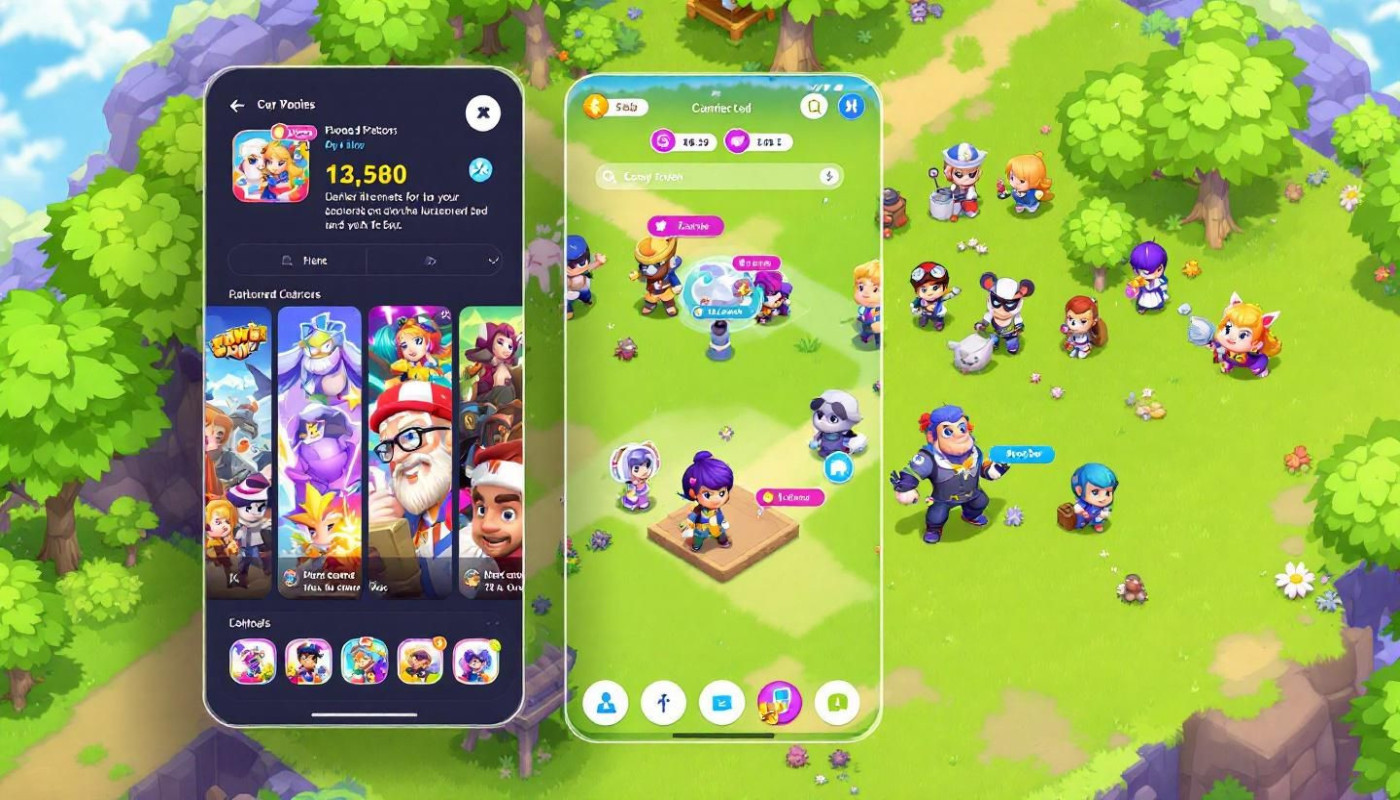Table of contents
In today's fast-paced digital landscape, virtual game platforms have become a dominant force in entertainment, drawing in millions of enthusiastic users around the globe. Their wide appeal stems from a perfect blend of technology, interactivity, and social connectivity that keeps modern audiences engaged and coming back for more. Discover what makes these platforms so irresistible and learn how they are shaping the future of play in the following insightful paragraphs.
Immersive digital experiences
Virtual game platforms have revolutionized immersive gameplay by integrating advanced graphics, intricate environmental storytelling, and dynamic physics engines, transporting users into highly interactive virtual environments. The convergence of photorealistic visuals and adaptive sound design creates atmospheres that stimulate multiple senses, allowing for deeper player engagement beyond what traditional gaming systems once offered. Environmental storytelling enables designers to embed narrative details directly into the fabric of these worlds, using visual cues, spatial arrangement, and audio layers to convey lore and context without explicit exposition. Haptic feedback further enhances the interactive experience by simulating physical sensations, making actions such as impacts or environmental changes feel tangible. These developments have not only increased the emotional stakes for participants but also fostered a more profound sense of presence and agency within the digital realm, resulting in a form of engagement that is both intellectually and emotionally resonant for players familiar with state-of-the-art design techniques.
Social interaction and community
Virtual game platforms have revolutionized the way users interact by fostering vibrant social ecosystems that thrive on real-time digital interaction. Multiplayer gaming is now a cornerstone of these environments, providing a dynamic arena for collaborative play, competition, and communication among participants across the globe. Online communities within these platforms extend beyond the confines of gameplay, evolving through integrated forums, group systems, and persistent chat features. These social features serve as catalysts for building trust and rapport, enabling players to forge connections that often translate into lasting relationships. The concept of a social ecosystem encapsulates the intricate web of connections, shared goals, and mutual support that emerges within these virtual spaces. Such environments not only support the creation of in-game alliances and rivalries but also encourage the organic growth of digital interaction, allowing community managers to nurture engagement, loyalty, and a sense of belonging among diverse user bases.
Endless personalization options
Game customization stands at the forefront of why virtual game platforms are so engaging for modern audiences. Players benefit from sophisticated avatar creation tools that allow them to meticulously craft representations which resonate with their identities and user preferences. These systems often support dynamic content generation, providing fresh customization possibilities through procedurally generated assets and adaptive game elements. Settings can be tailored, from visual aesthetics to interface layouts, enabling a unique experience for each player. Such in-depth personalization does not just foster connection and self-expression; it directly supports player retention, as individuals are more likely to return to environments where they feel distinctly represented.
The in-game economy also plays a pivotal role in advancing personalization. By integrating microtransactions, platforms enable users to acquire exclusive upgrades, skins, accessories, or gameplay enhancements, further reflecting their tastes. This economy is often driven by a thriving marketplace where digital assets are bought and sold, creating an ongoing incentive for engagement and experimentation. For a professional in user experience design, understanding the relationship between robust customization and player loyalty is vital. To see real-world examples and user perspectives on these systems, refer to https://www.msn.com/en-za/news/other/chicken-road-review-2025-scams-real-player-opinions/ar-AA1JviMd?ocid=finance-verthp-feeds.
Continuous updates and fresh content
Delivering regular updates and fresh content has become a linchpin for successful virtual game platforms, shaping sustained user engagement and platform longevity. The live service model, now ubiquitous in the industry, leverages frequent content release cycles—such as patches, new levels, time-limited events, and downloadable expansions—to ensure the platform remains dynamic and responsive to player preferences. This approach to content lifecycle management not only rejuvenates gameplay and maintains a sense of novelty but also actively drives community participation and conversation. By orchestrating a predictable cadence of fresh content and anticipating user demands, platforms foster deeper loyalty, extend user retention, and create an evolving environment where users feel their investment in time and resources is continually rewarded. For a product manager, orchestrating these ongoing content releases and update strategies requires balancing innovation with operational feasibility, all while closely monitoring analytics to refine future cycles and maximize both engagement and monetization over the long term.
Accessible technology and cross-platform play
Accessible gaming has surged as developers harness advancements in platform interoperability, fundamentally transforming the way users interact with virtual game platforms. Cross-platform play allows seamless connectivity across devices, enabling enthusiasts to compete or collaborate regardless of hardware—be it console, PC, or mobile. Cloud gaming further eliminates barriers by shifting processing demands to remote servers, letting users access high-quality games without expensive equipment. Mobile integration extends this reach, making gaming truly portable and responsive to modern lifestyles. As a leading technology strategist, recognize that these innovations not only expand market reach but also cultivate a diverse, global audience, driving engagement and boosting adaptability in a dynamic digital ecosystem.
On the same subject








